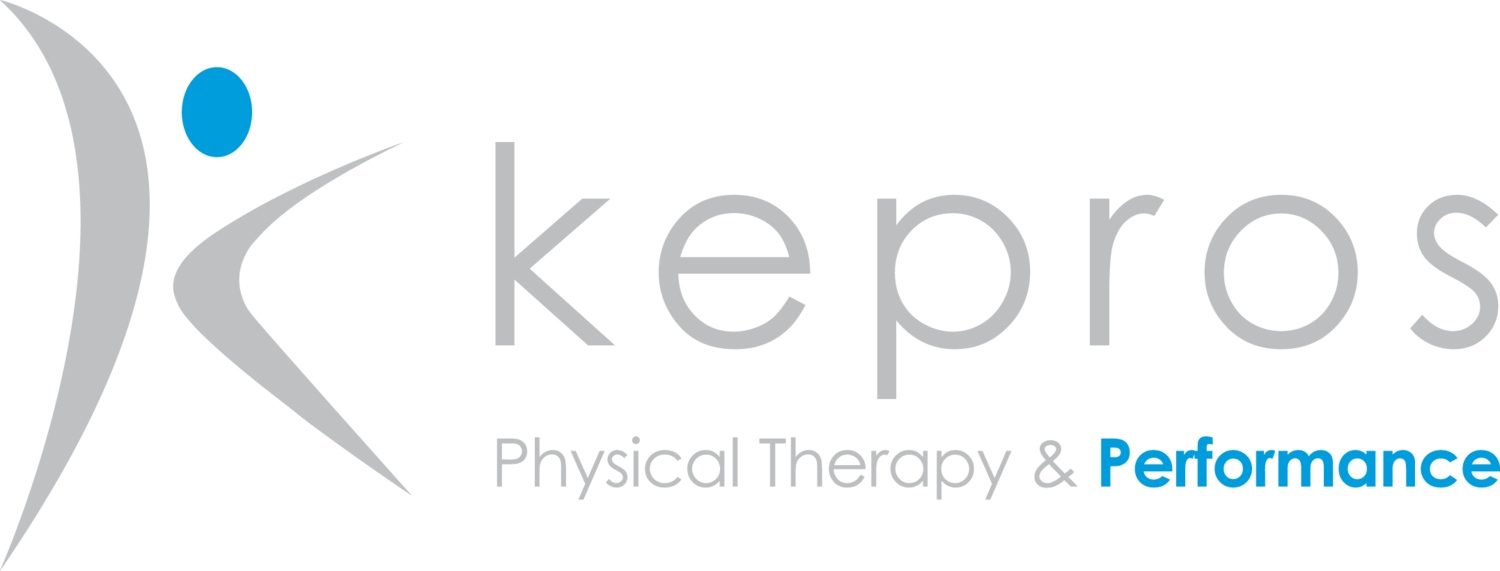Did You Know That Physical Therapists Treat Dizziness?
WHAT TYPES OF DIZZINESS DO WE TREAT?
1) Benign Paroxysmal Positional Vertigo (BPPV)
2) Cervicogenic dizziness (from the neck)
3) Vestibular Hypofunction (when there is damage to the inner ear)
4) Post-concussion dizziness
5) Migraine headache
6) Psychogenic Dizziness
7) Pharmacological
YOUR CYRSTALS ARE “OUT”
BPPV is the most common type of vertigo. This occurs when the otoconia, or small crystals in the inner ear, are displaced and fall into the semi-circular canals. These canals tell us where we are in space. When the crystals are in the canals, they move around causing a spinning sensation to occur. Most patients who suffer from BPPV will complain of the “room spinning” while rolling in bed, bending over, or moving their head quickly. The dizziness does not last long but can be very intense. The good news is that BPPV is completely mechanical in nature. All we have to do is perform repositioning maneuvers to get the crystals out of the canals and back into the sack where they should reside. It usually takes one to two treatments, and the dizziness is gone.
I CAN’T FOCUS AND JUST FEEL “OFF”
Cervicogenic dizziness, or dizziness that is a result of restricted motion in the upper neck, is often hard for patients to describe. When the nerves from the upper neck are being pinched, it disrupts the signal to our brainstem, and can make us dizzy, especially with quick head movements or scanning. People with cervicogenic dizziness will get symptoms in busy environments like grocery stores, driving on the highway, or even scanning at work between computer screens. It will take the eyes an extra second to focus on what is being seen and can make you feel dizzy. It may also feel like you are not thinking clearly, and things aren’t as crisp. Often, with cervicogenic dizziness, people can have headaches. This can even trigger migraine headaches and cause the migraines to be more frequent or intense. With these patients, we must get the upper cervical spine moving better to unkink the nervous system. We will also work on exercises to normalize how quickly the eyes focus with quick head movements, restore normal balance, and stabilize the neck and postural muscles.
I HAVE DIFFICULTY WALKING AND CONCENTRATING
Concussions can happen to people of all ages. Whether it’s a young athlete with a collision on the court, a middle-aged adult with a whiplash from a car accident, or even an older adult falling and hitting their head, concussions do not discriminate. All concussions should be treated differently as many different systems of the body can be affected. Common symptoms after concussion are dizziness, headaches, sensitivity to light and sound, intolerance to exercise, and much more. There are two different types of concussions: a cortical/brain concussion or a labyrinthine/inner ear concussion. As therapists, we do a thorough evaluation to determine which areas have been involved and are impaired so we can come up with the best plan for you and work directly with the whole care team.
IT'S ALL IN MY HEAD
You’re right, sometimes it is. Our brains are incredibly smart. Dizziness can also come from stress, anxiety, medication interactions, and chronic conditions. Our brains can take on a “new normal,” so it is our job as therapists to retrain the brain what is truly normal. We use different strategies to trick the brain and work the brain in multiple directions. Sometimes we cannot fix what is broken, but rather, we give the body and brain ways to adapt and habituate the best way it can.
If you are experiencing dizziness, give us a call and we will see if we can help or point you in the direction of someone who can!

